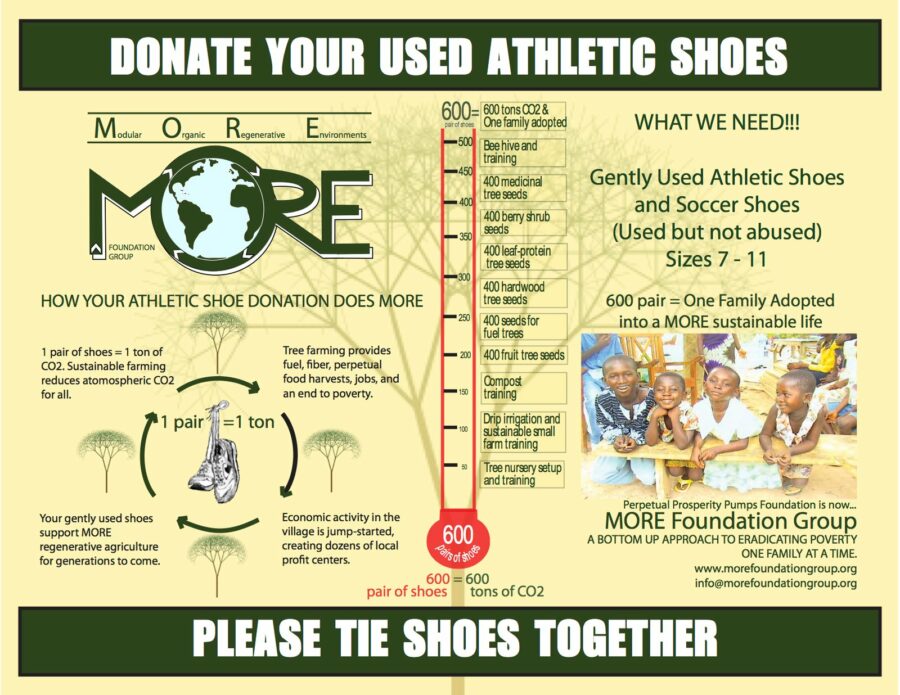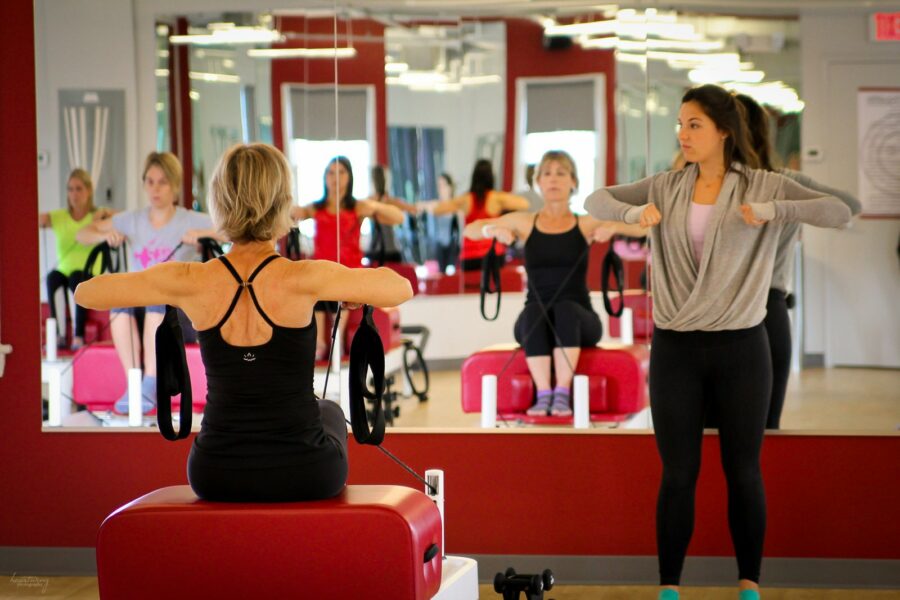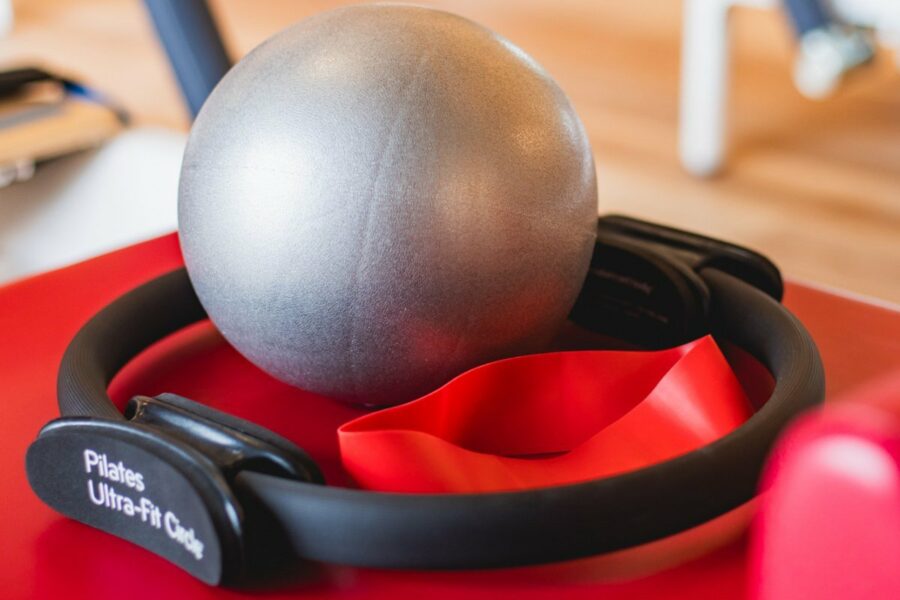When it comes to our bodies, we love to feel strong, and we love to see results. Incorporating strength and resistance training into our fitness routines can help build muscle, boost confidence, and improve overall health.
Pilates and weightlifting are both two forms of resistance training that build muscular strength, stability, and endurance. But they also offer their own unique benefits as part of your routine.
So let’s talk about the advantages of including both weightlifting and Pilates in a workout routine, and how we can incorporate both safely.
Pilates and weightlifting: a complementary pair
Improved posture and alignment
In class, we emphasize deep breathing, concentration, and awareness of our bodies. This creates a stronger mind-body connection, which not only helps you appreciate your body more but also helps you become more aware of your body’s movement and positioning.
Posture and alignment are critical, not only for safe and effective exercises in the studio but also for our health throughout the day.
Good posture and alignment:
- Promotes effective and efficient use of the muscles of your body.
- Reduces abnormal wear and tear on joint surfaces.
- Prevents abnormal positioning of your spine.
- Prevents muscle fatigue.
This is why we spend so much time teaching clients how to build better posture and alignment in class!
This practice translates directly to weightlifting. An improved mind-body connection protects your body, decreases the risk of injury, and enables more effective workouts.
Enhancing muscle mass and lengthening muscles
Weightlifting and Pilates are two sides of the same coin.
Weightlifting focuses on gaining muscle mass, while Pilates emphasizes muscle lengthening and toning. By combining both exercises, you can experience increased muscle strength and flexibility.
While weightlifting can quickly build muscle mass, the bulk of that strength building happens in the middle of the muscle, which can leave the muscle close to the joint underdeveloped.
Pilates builds strength in the full length of the muscle and also stretches muscles that tend to become constricted during repetitive weightlifting movements. This exercise protects your joints and supports well-balanced muscle development.
Building core strength and stability
A strong core is crucial for stability, balance, and injury prevention during weightlifting. But when we lift weights, we often only focus on our major core muscles, like our obliques and rectus abdominis (your abs).
“Activating the core, feeling the heel-glute connection and using the right breathing pattern (to name a few things) is so helpful to find the correct movement to do a squat with heavy dumbbells or getting a heavy box up. Being able to find the right alignment of your spine, pelvic floor engagement and keeping those shoulders down will actually make your upper body stronger without hurting yourself.” – RTR Instructor Katharina
Core strength comes from a well-balanced core development. Without balance, your back muscles or transverse abdominis (deep ab muscles) can become underdeveloped, which is a recipe for back pain and an increased risk of injury.
At RTR Pilates, we spend a lot of time focusing on our overall core strength, which directly contributes to stability and injury prevention in weightlifting movements. Your core is also the foundation of movements in other parts of the body. By developing all of the core muscles, you increase the performance of your entire body.
Understanding individual needs and fitness goals
While both Pilates and weightlifting contribute to overall strength, each exercise focuses on specific aspects of fitness.
Pilates and weightlifting both improve muscular endurance. Weightlifting targets muscle mass gain and strength development.
On the other hand, Pilates focuses on developing body awareness, mobility, flexibility, and muscle lengthening. As a low-impact exercise, Pilates also aids in injury recovery, injury prevention, and joint protection.
Depending on your individual needs and fitness goals, you may choose to focus more on weightlifting or Pilates throughout the week and incorporate the other for a well-balanced, effective routine.
“Lifting weights in addition to Pilates can be very beneficial – you’re not just building muscles; you’re actually keeping your bones strong.” -RTR Instructor Katharina
Variety is essential for your mind and your body. If you like both exercises, then you should do both! Just make sure you’re incorporating both exercises into your routine safely.
Safely combining Pilates and weightlifting
When we get excited about a new workout routine, it’s common to over-schedule our workouts. This can lead to mental AND physical burnout, which we don’t want! Instead of going from 0 to 100, take your time to build a sustainable routine, with plenty of time for rest.
Our bodies also need rest days for muscle repair and growth. If you don’t include rest days, you’ll increase your risk of injury, and you won’t see the results you want. It’s important to allow sufficient rest and recovery between workouts.
Especially for beginners, one rest day a week may not be enough! If you’re new to Pilates and weightlifting, you may need to start with rest days every other day, and slowly add in more workouts depending on what feels good for your body.
Get the best of both worlds
Incorporating both weightlifting and Pilates into your fitness routine offers a ton of benefits, ranging from increased strength and muscle development to improved flexibility and body awareness. So, why not embrace the best of both worlds?
If you’re looking for a place to start your Pilates journey, we’ve got you covered. Get your first month of unlimited classes with RTR Pilates for just $129.



